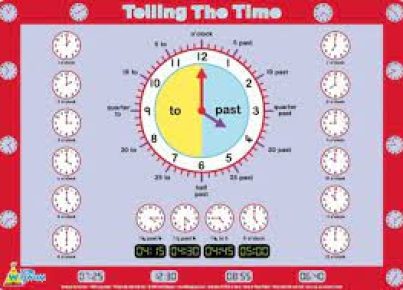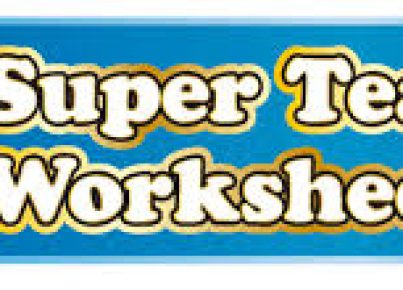Homework activities are not merely assignments that teachers give to keep students busy after school hours; they are essential teaching resources that reinforce the day’s learning, stretch a child’s thinking abilities, and set the foundation for lifelong self-discipline. Effective homework activities have the power to deepen understanding, develop skills, and create a connection between classroom learning and real-life application.
Educators aim to design homework that is meaningful, purposeful, and appropriate for the student’s age and stage of learning. They also consider the needs and interests of their students when selecting homework activities. Engaging tasks that stimulate curiosity can turn an often mundane routine into an exciting learning adventure. Here are some examples of innovative homework activities across various subjects:
Mathematics:
– Problem-solving worksheets focused on real-world applications.
– Interactive online platforms with adaptive learning features.
– Mathematical puzzles that encourage logical reasoning.
Language Arts:
– Reading logs complemented with reflective journaling prompts.
– Creative writing assignments based on personal experiences or current events.
– Vocabulary games that can be played with family members to enhance retention.
Science:
– Experiment kits for hands-on exploration at home.
– Observation diaries where students record and reflect on natural phenomena.
– Research projects on environmental issues with a component of community involvement.
Social Studies:
– Time capsules where students predict future trends based on historical data.
– Family tree assignments that connect students to their personal histories.
– Virtual museum tours followed by critical reviews or presentations.
Art and Music:
– Sketchbook prompts that foster daily drawing habits.
– Music composition activities using digital tools or traditional instruments.
– Cross-disciplinary projects like designing album covers for historical periods in music.
Homework does not have to be limited to individual work. Collaborative efforts can promote teamwork and communication skills. Group research projects, debate preparations, or peer teaching video creations are just a few examples where collaborative homework can bring about educational benefits while building social connections.
When assigning homework, teachers strive to balance workload and well-being. It’s vital that assignments do not overwhelm the student but rather support them in becoming independent learners capable of managing their responsibilities. Clear instructions, achievable goals, and regular feedback go a long way in making homework an effective teaching resource rather than a chore dreaded by both students and parents.
In addition to traditional paper-based assignments, technology offers a plethora of resources for dynamic homework. Educational apps, videos, interactive quizzes, and forums for discussion extend the possibilities of what can be achieved through homework activities.
Ultimately, effective homework activities teaching resources should serve as a bridge between academic concepts learned in class and their practical application in everyday life. With creativity and attentiveness to individual needs, educators can construct homework experiences that not only bolster classroom learning but also instill valuable habits that support academic success and personal growth.
Homework is more than rote practice; it is an opportunity for immersive learning experiences capable of captivating curious minds beyond school walls. By harnessing the potential of diverse homework activities as teaching resources, educators take an important step towards nurturing well-rounded individuals prepared for the challenges of tomorrow’s world.





